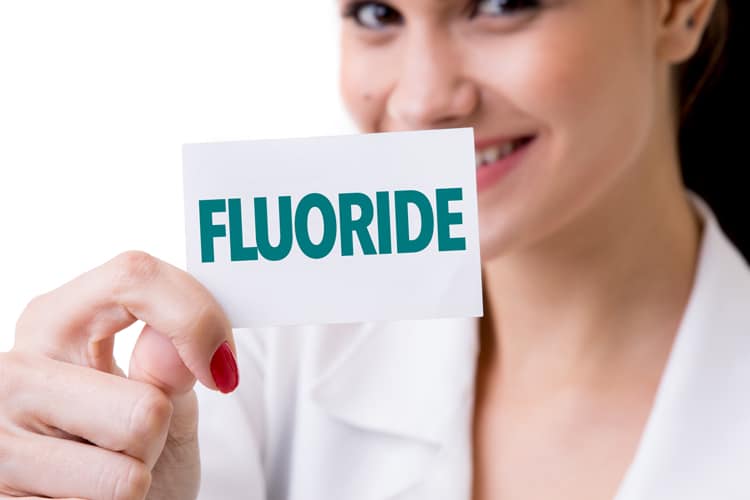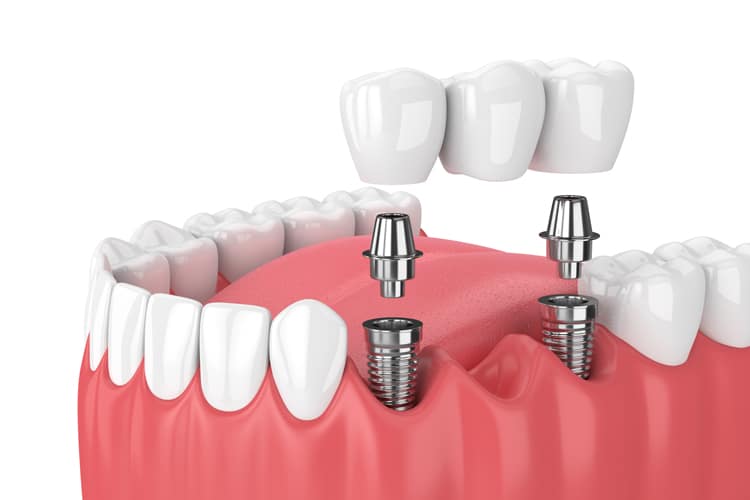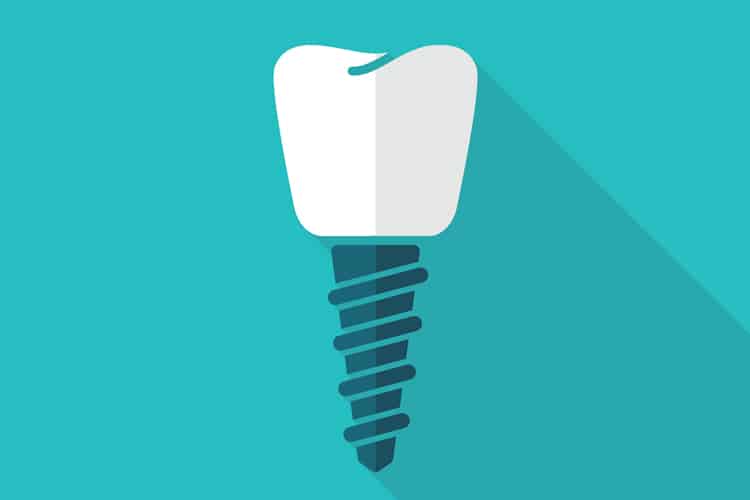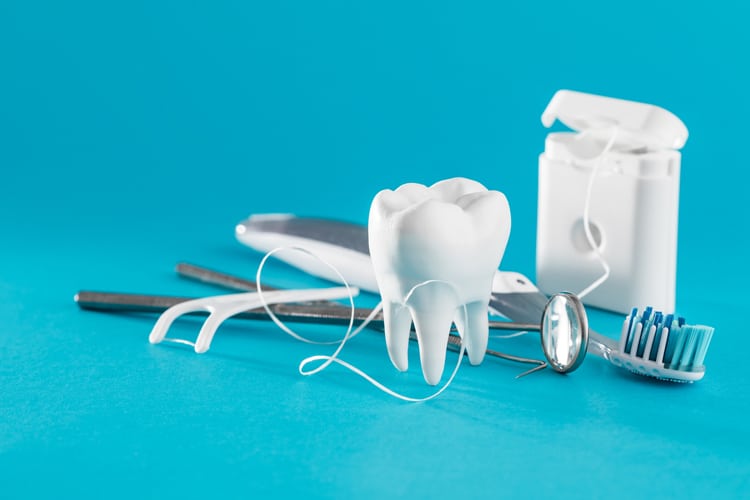Maintaining Restorations
A structured plan for the maintenance of dental restorations is an important part of providing health care.
A structured plan for the maintenance of dental restorations is an important part of providing health care. A carefully organized and strategically implemented maintenance program is a strong predictor for the longevity of dental restorations, stability of soft tissue esthetics, and, ultimately, patient satisfaction. Even meticulously completed restorative care can fail unless the clinician and patient invest the time and energy into developing and following a structured maintenance program. Patient maintenance plans have historically been discussed and implemented following the completion of restorative treatment. Waiting until restorative care is finished to discuss a maintenance strategy, however, may be a mistake. A plan for the maintenance of dental restorations should be discussed during the initial consultation and evaluation. If patient compliance is not expected, or if risk factors cannot be adequately controlled, the treatment plan and eventual care provided need to be structured accordingly.
Photo Credit: veronawinner / iStock / Getty Images Plus

At-Home Recommendations for Tooth-Borne Restorations
The exact at-home maintenance program for each patient will depend on many factors, including the patient’s history, medication usage, systemic health, age, dexterity, type of restorative procedures, and anticipated compliance. The use of specific oral topical agents—such as chlorhexidine, fluoride, and triclosan—can reduce the risk for gingival inflammation, dental caries, and candidiasis. Therefore, both the type of restoration and patient risk factors should be considered before creating an at-home maintenance program. A carefully considered maintenance program is especially important for patients receiving complex tooth-borne dental restorations who are at increased risk for needing additional restorative care.
Photo Credit: Ildo Frazao / iStock / Getty Images Plus

Support of Implant-Borne Restorations
Implant-borne restorations present with unique biological and mechanical complications, all of which warrant a patient-specific and risk-based recall regimen. Implant-supported single crowns and implant-supported FDPs have favorable survival rates, but they also frequently experience mechanical and biologic complications over the long term. Ten-year survival rates for implants supporting single crowns were reported as approximately 95%. In addition, implant-supported FDPs were reported successful 93% of the time. Notably, 33.6% of patients had mechanical and/or biologic complications in the first 5 years, prompting the authors to recommend that patients be placed in a well-structured maintenance program. Mechanical complications of implant-supported FDPs include veneering material fractures, screw loosening, loss of retention of cemented FDPs, and screw fracture over 5 years.
Photo Credit: ayo888 / iStock / Getty Images Plus

Need for At-Home Maintenance
Substantial evidence demonstrates the importance of professional and at-home maintenance of implant-borne restorations. Fischer et al collected data on outcomes and maintenance of screw-retained implant-supported complete-arch cast titanium-acrylic resin prostheses in the edentulous maxillae of 24 patients over 10 years. They evaluated the number of prosthetic teeth recemented or replaced, screw loosenings, and the number of remakes of fixed prostheses, cantilever lengths (as a potential risk for fracture) at baseline and 1, 3, 5, and 10 years. They concluded that the most frequent complication was related to fractured denture teeth. The status of the opposing dentition and length of cantilevers did not increase risk.
Photo Credit: Katsiaryna Pleshakova / iStock / Getty Images Plus

Oral Hygiene Aids
Professional recommendations for oral hygiene aids used during self-care were evaluated in independent studies. Swierkot et al, Rasperini et al, and Vandekerckhove et al showed that power toothbrushes were a safe and efficient method for plaque removal around implant-borne restorations, and that they had no adverse effects on peri-implant health. Power toothbrushes, however, were not shown to be superior to conventional brushing in removing plaque.

